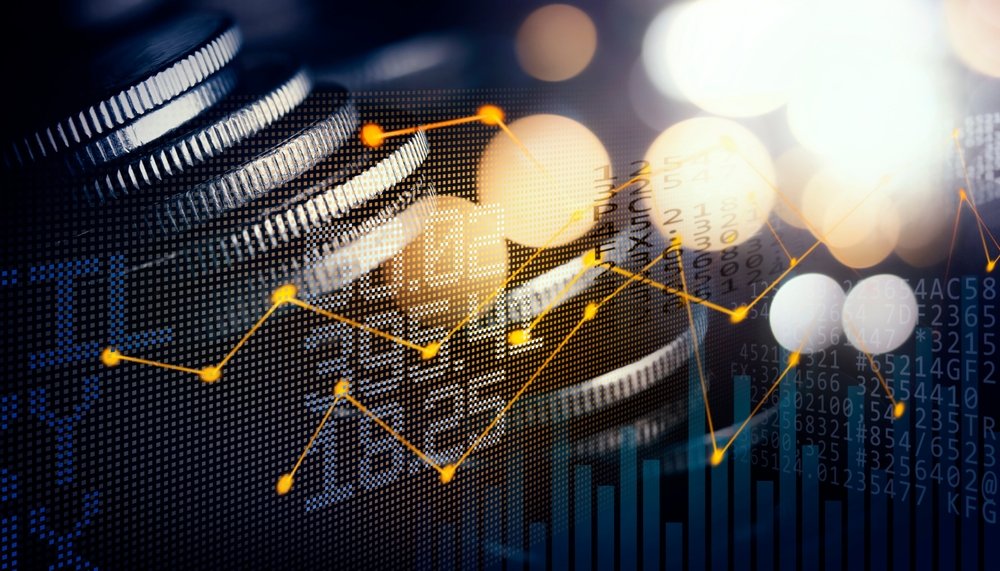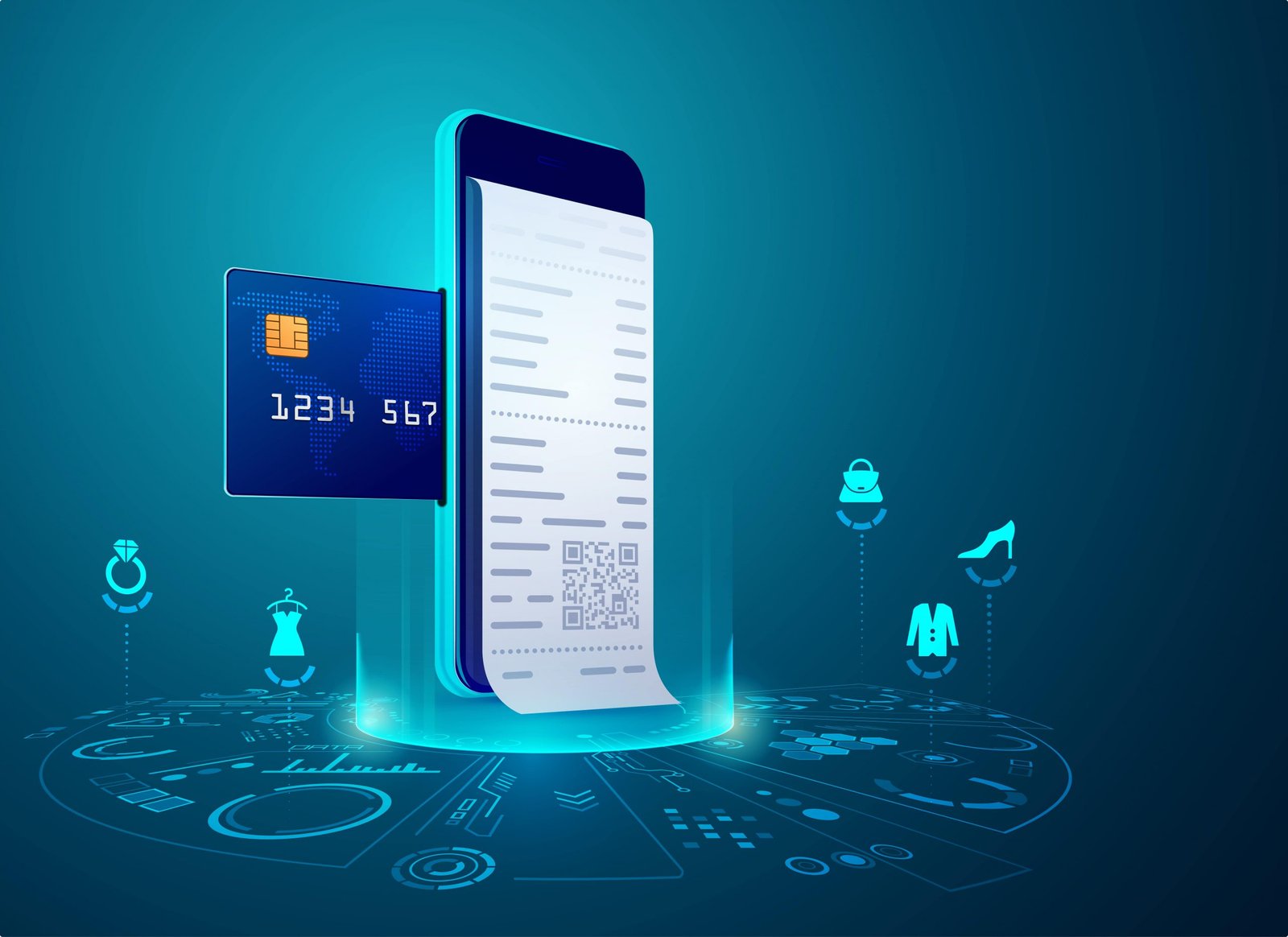The Impact of Digital Collections in Debt Recovery and Its Advantage – We all know how difficult it is to get money from individuals, even when it is yours. Debt collection is never effortless as it seems it is even more boring with daunting manual processes and cumbersome documentation. However, with the arrival of technology, debt collection can be digitized and made more suitable. With technology, digital debt collection is now considerably more successful and effective. It has fully changed the way that debt is collected. Digital debt collection is the procedure of contacting and connecting with debtors using digital channels and technologies like voice calls, text messaging, and email. Digital debt collection aims to enhance the success and effectiveness of debt collection by using technology to automate some tasks and enhance the likelihood of effective debt recovery.

Automating some elements of the debt collection procedure can aid businesses in saving time and money while boosting recovery rates. The best practices and regulatory conformity must be followed to increase the benefits of digital collections. Debt collection is the procedure of collecting late accounts receivable. The traditional debt recovery method includes phone calls, letters, and possibly legal action. However, these methods can be expensive, time-consuming, and sometimes successful.
What Is The Impact of Technology on Debt Recovery
Technology has had an important impact on the debt recovery procedure. However, with digital collections, businesses can now automate various elements of the debt recovery procedure. This involves sending automated reminders and notifications, offering online payment choices, and real-time tracking and reporting. Digital collections have also made it effortless for businesses to customize the debt recovery procedure, making it more successful and effective. It has now become a complete consensus amongst lenders and banks that traditional debt recovery practices like automated calls, letters, aggressive agents, and long dispute resolution, at times, end up frustrating and frightening the borrowers, in that way impacting debt recovery rates. Debt recovery complaints consist of most of the customer complaints which impacts the bank’s rating negatively.
Advantages Of Digital Collections In Debt Recovery
Automate Customer Reminders
The first advantage of digital debt collection is the capability to automate customer reminders. This new method allows you to set up reminders to be sent after a fixed period has passed following the due date of an invoice. The more responsive you are in the event of late payment, the better your opportunities of getting payment in a short timeframe. Perfect for improving your DSO. What is more, you also have the choice of fixing reminders some days before the invoice is due, so that your consumers do not forget to make payment. An amazing way to decrease the danger of late payment.
Track Performance In Real-Time
Second, the digitization of collections allows you to track performance in real time. Thanks to dashboards, you can rapidly and simply talk to your KPIs (key performance indicators). Collection rate, dispute rate, DSO, and many others. Everything is just a click away from you. This offers you access to trusted data, so you can make the decisions you are required to manage your collection policy and take the right action if important.
Observe Payment Actions
Digitized debt collection also allows you to observe your customers’ payment actions, both globally and individually. This allows you to recognize patterns and consumer profiles, and thus segment your customer range to tailor payment terms specifically payment terms and any reminders in the condition of late payment. It is also a chance to set up an online payment platform to make it effortless for consumers to pay their invoices. The customer experience is a point not to be ignored when improving this procedure, as it contributes to managing a good relationship with your consumers. In fact, by eliminating the friction points that can lead consumers to delay payment, you boost your opportunities to see invoices paid timely. You also make it simple to pay overdue invoices. What is more, embracing this kind of approach eases collaboration between various teams in the organization. Salespeople, accountants, and debt collectors all have access to the updated information they require and can discuss the best idea to embrace for every customer.
Conclusion
Digital debt collection plans are more trusted, more successful, and less risky than traditional models that have remained the standard for years. No matter where you move, the future is digital, and debt collection is not any different. Digitizing debt collection saves time and improves the collection procedure. In concrete terms, the execution of debt collection software offers you better control over the whole procedure, from sending out reminders to handling disputes and observing collection performance. All this is to aid you in managing your receivables and improving your organization’s cash flow.
FAQs
How can a debt collection affect your credit?
A collection account may be reported to one, two, or all three of the nationwide credit bureaus and shown on your credit reports. It can also harm credit scores, relying on the credit scoring model.
How can debt recovery improved?
Making a Debt Revenue Recovery plan, being clear about the rights and obligations of debtors from the start, being proactive instead of reactive, giving debtors options, making debt collection friendlier, providing many payment options, and using automated reminder systems.
What is the motive of debt recovery?
Debt recovery aids in ensuring that creditors are paid for the products and services they offer. It can be a complicated procedure, but it is essential to managing financial balance and ensuring that businesses can constantly run.








